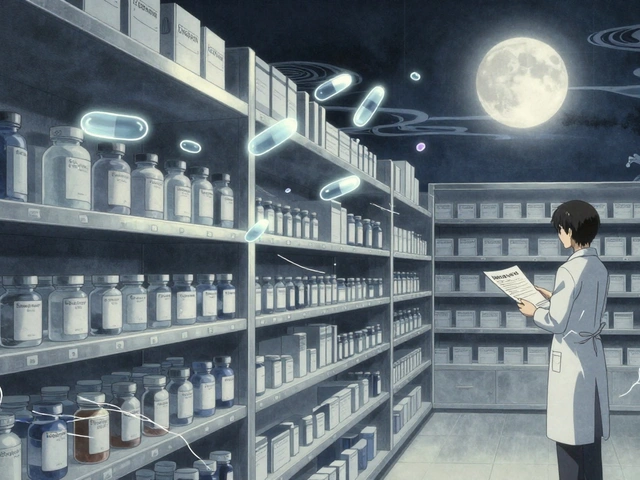Fertility Preservation: Options, Methods, and What You Need to Know
When you hear fertility preservation, the process of saving eggs, sperm, or embryos for future use to maintain the ability to have biological children. Also known as reproductive banking, it’s not just for people facing cancer treatment—it’s becoming a practical choice for those who want to delay parenthood for personal, career, or medical reasons. This isn’t science fiction. It’s something hundreds of thousands of people do every year, and the technology keeps getting better and more accessible.
Most people think of egg freezing, a procedure where a woman’s eggs are harvested, frozen, and stored for later use in IVF. Also known as oocyte cryopreservation, it’s the most common method for those with ovaries. But sperm freezing, a simple, non-invasive way to store sperm for future use in insemination or IVF. Also known as sperm cryopreservation, it’s been around for decades and is often overlooked as an option for men who want to protect their future fertility. Then there’s embryo freezing, where fertilized eggs are frozen after IVF, offering the highest success rates for pregnancy. Also known as embryo cryopreservation, it’s often chosen by couples or individuals using donor sperm. Each method has different costs, success rates, and emotional weight. And while IVF is often the next step, fertility preservation itself doesn’t require you to commit to having a child right away—it just keeps the door open.
People with cancer, autoimmune diseases, or genetic conditions that affect reproduction often turn to these options before starting treatment. But increasingly, healthy people in their late 20s and early 30s are doing it too—because they want to focus on their careers, find the right partner, or simply aren’t ready yet. The key is timing. Egg quality drops sharply after 35, and sperm quality can decline after 40. That’s why early planning matters more than you think.
What you’ll find below are real, practical guides on how these methods work, what to expect, how much they cost, and what alternatives exist. You’ll see how people manage side effects, navigate insurance, and decide between freezing eggs, sperm, or embryos. There’s no fluff—just clear, tested advice from people who’ve been through it, and the science behind each step.
Rhabdomyosarcoma & Fertility: Essential Guide for Patients
Learn how rhabdomyosarcoma treatment affects fertility and discover practical preservation options, decision tips, and post‑treatment care for patients and families.






